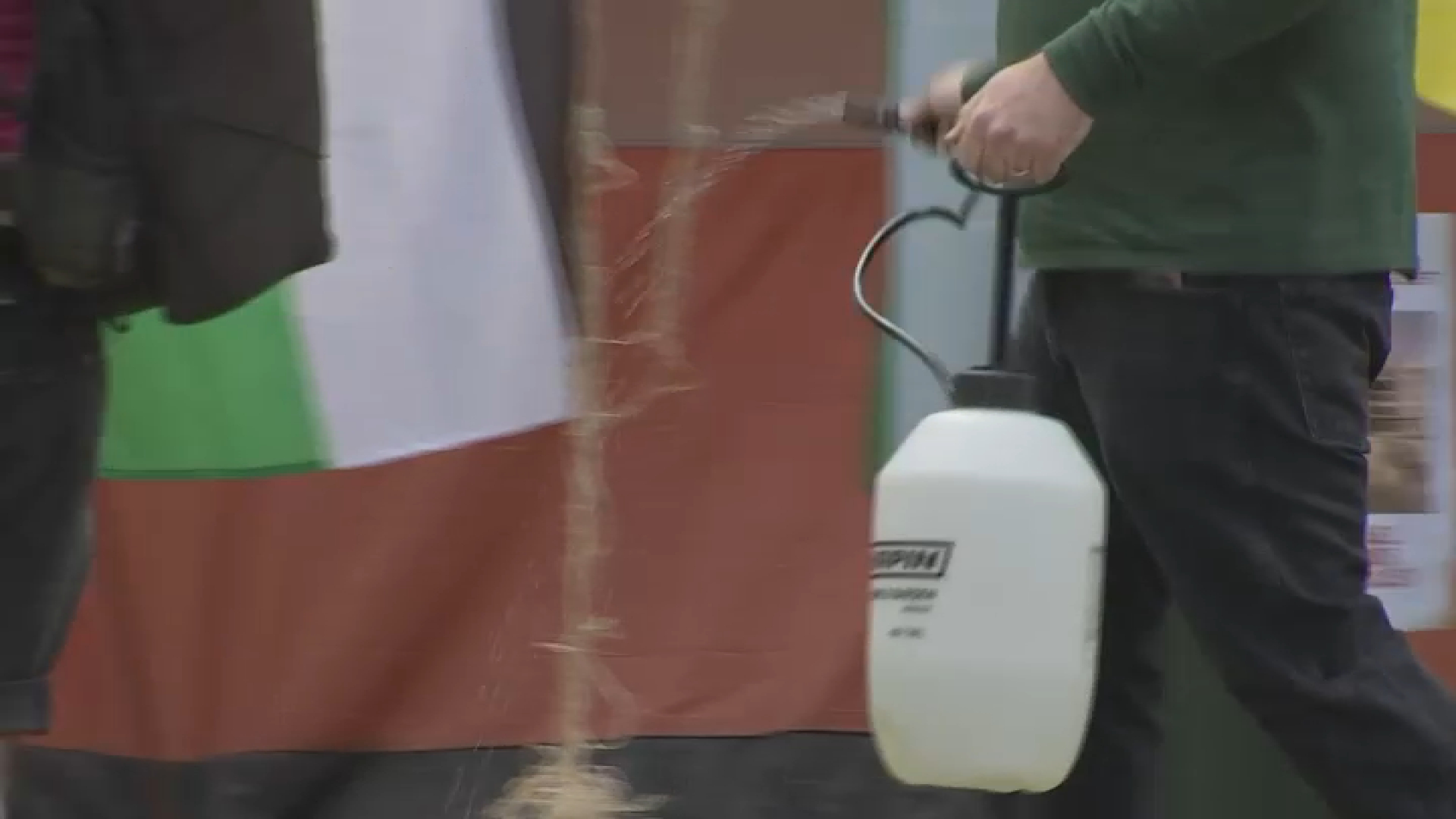Twelve-year-old Thomas Siderio was running away from police, allegedly after firing at them, when an officer chased him and killed him by shooting him in the back, according to Philadelphia’s police commissioner.
The unnamed officer is now set to be fired for violating Philadelphia Police's use-of-force policy, Police Commissioner Danielle Outlaw announced this week.
But his case raises questions about whether Siderio was still holding a gun when he was shot dead – and whether the officer who killed him was justified in doing so.
“I will just say that, based off of the evidence that I reviewed, it was clear that the use-of-force policy was violated,” Outlaw said during a Tuesday press conference. She would not specify which aspect of the policy was violated, nor would the department’s public information division when asked via email by NBC10.
Get Philly local news, weather forecasts, sports and entertainment stories to your inbox. Sign up for NBC Philadelphia newsletters.
Police said Siderio used a stolen gun to fire a shot into the back passenger window of an unmarked police car that had four plainclothes officers inside on March 1. The car – with its emergency lights on – approached Siderio and a 17-year-old wanted for questioning over a firearms offense, police said.
After their car was shot, two officers got out and fired one shot each at Siderio, initially missing the boy, Commissioner Outlaw said. One of the officers, however, gave chase and fired two more rounds, one of which struck Siderio in the right side of his back and exited through the left side of his chest, she said.
Local
Breaking news and the stories that matter to your neighborhood.
The boy was holding a gun as he fled, but Outlaw would not say whether he dropped it before he was shot. However, the Philadelphia Inquirer reported that Siderio had indeed dropped the gun prior to being shot.
Siderio dropped the gun some 60 feet away from where he was eventually shot, the Inquirer reported. Shortly thereafter, the officer who shot the boy told his partner that Siderio had tossed the gun during the foot chase, the newspaper reported.
Authorities have not officially said for how long the officer chased Siderio, but J. Conor Corcoran, the attorney representing Siderio’s family in a lawsuit against the Philadelphia Police Department, said the boy ran a full city block before the officer caught up to him and fired. Corcoran also said Siderio did not have a gun in his hand at the time.
Can a law enforcement officer shoot a fleeing suspect?
The rules regarding whether a law enforcement officer can shoot a fleeing suspect vary between state law and Philadelphia Police Department policy.
Pennsylvania state law stipulates that police officers can use deadly force to prevent death or bodily injury to themselves or others. They can also use lethal force against someone who committed or tried to commit a “forcible felony” or someone who is trying to flee and possesses a deadly weapon “or otherwise indicates that he will endanger human life or inflict serious bodily injury unless arrested without delay.”
“In our particular commonwealth, there is a law that allows police officers in cases of escape or the commission of a forcible felony to use deadly force. So, there’s kind of an added layer of permission, if you will, in those situations for police officers,” said Bill Brennan, a criminal defense attorney who is not involved in the Siderio case.
But the wording of the Philadelphia Police Department's use of force policy differs.
It says police officers can only use deadly force if they have “objectively reasonable belief that they must protect themselves or another person from death or serious bodily injury.”
Furthermore, the policy stipulates, police officers cannot shoot at a person who is running away and “presents no immediate threat of death or serious bodily injury to the officer or another person.”
“All use of force has to be proportionate to the resistance [police officers are] trying to overcome. I will also tell you that our policy clearly states that excessive force will not be tolerated,” Outlaw said at the Tuesday press conference.
Philadelphia District Attorney Larry Krasner is challenging the constitutionality of Pennsylvania’s law in a separate case regarding a city police officer who shot a man in the back and killed him while he was fleeing.
In his appeal to the state Supreme Court, Krasner’s office argues that Pennsylvania’s use of force law violates the standard set in 1985 by the U.S. Supreme Court in a case called Tennessee v. Garner. In that case, a police officer shot dead an unarmed, fleeing 15-year-old.
“We think it unjustly, unfairly favors officers who harm others in the line of duty,” Krasner told reporters while discussing both Pennsylvania’s police use of force law and the Siderio case.
As of Wednesday, Krasner’s office had not announced charges against the police officer who shot the boy. But Corocan, the Siderio family lawyer, appeared confident misconduct was involved.
“The reality of what happened on the ground is starting to come to light and it’s not looking good for the Philadelphia Police Department,” he said.
There are additional resources for people or communities that have endured gun violence in Philadelphia. Further information can be found here.



